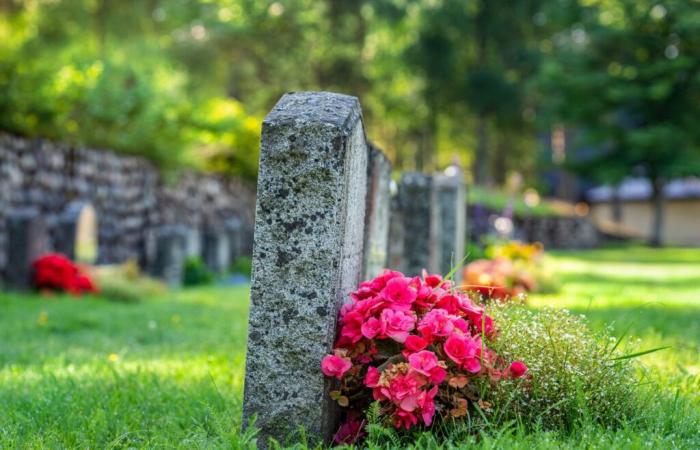
Death hits us all, but some days more than others! INSEE analyzed the evolution of mortality in France over the last 20 years and was able to identify the days when people died the most and the least, with precise dates.
We know, we are all going to die one day. However, we don't know when – and it's better that way! Tomorrow ? Next month? In twenty years? Mystery ! However, there are days when we have a greater “chance” of dying than others… Indeed, it seems that statistics reveal peaks in mortality on specific dates…
It turns out that the National Institute of Statistics and Economic Studies (Insee) published, on October 30, data revealing the periods of the year when people die the most and the least in France, and even specific days. To do this, she looked at deaths occurring between 2004 and 2023. Firstly, we note that, since 2011, the number of deaths has gradually increased, with the arrival of “ages of high mortality” baby boom generations, born between 1946 and 1974. In addition, the increase in life expectancy has slowed significantly between 2019 and 2023 compared to the last decade, increasing by only one month per year for men (compared to two months per year between 2010 and 2019) and 0.6 months for women (compared to one month per year).
This study shows that certain times of the year carry higher risks and that festive or seasonal behaviors can play a role in mortality. Thus, public holidays record lower mortality figures. August 15 is also considered the safest, with around 1,410 deaths each year, a 12% drop in mortality compared to the general average. This can be explained by the fact that non-working days are marked “by less frequent support [à l’hôpital] and a lower number of scheduled interventions”.
Sundays, often marked by less intense activities and less travel, also record a reduced death rate, with around 1,550 deaths on average. On the other hand, deaths on roads or in public places increase on most public holidays: +23% on January 1 and +21% on July 14 compared to the three preceding and following days.
Contrary to what one might believe, summer is the least deadly period for the elderly. In 2003, a year of severe heatwave, people aged 90 or over experienced an exceptional excess mortality of +31% in August. But in other years, it was the opposite, with for example a sub-mortality of between -10 and -21% in August. This is probably due to reduced viral circulation and better climatic conditions, not to mention the prevention efforts carried out since 2003 in the face of extreme heat. On the other hand, it is completely the opposite for young people! Those aged 1 to 17 experience excess mortality in July (+ 11%)! This is mainly linked to intensive leisure activities and frequent travel.
But the deadliest day is undeniably January 3, with 1,900 deaths on average compared to 1,600. Among the aggravating factors: the active circulation of seasonal viruses, cold temperatures and harsh climatic conditions. More surprising: “January 3 is a winter day that follows the end-of-year holidays. The desire to spend these holidays with loved ones, as well as the desire to reach a new year, could delay the occurrence of the death of people at the end of life and partly explain this peak”says INSEE.
Finally, there is an interesting observation to make about birthdays. Indeed, an increase in mortality of 6% is observed, even reaching 21% among 18-39 year olds. This phenomenon, called “birthday syndrome” and also observed in countries such as the United States, Switzerland and Japan, could be explained by festive behaviors, namely excessive alcohol consumption, prolonged outings and reckless risk-taking. So be careful!





